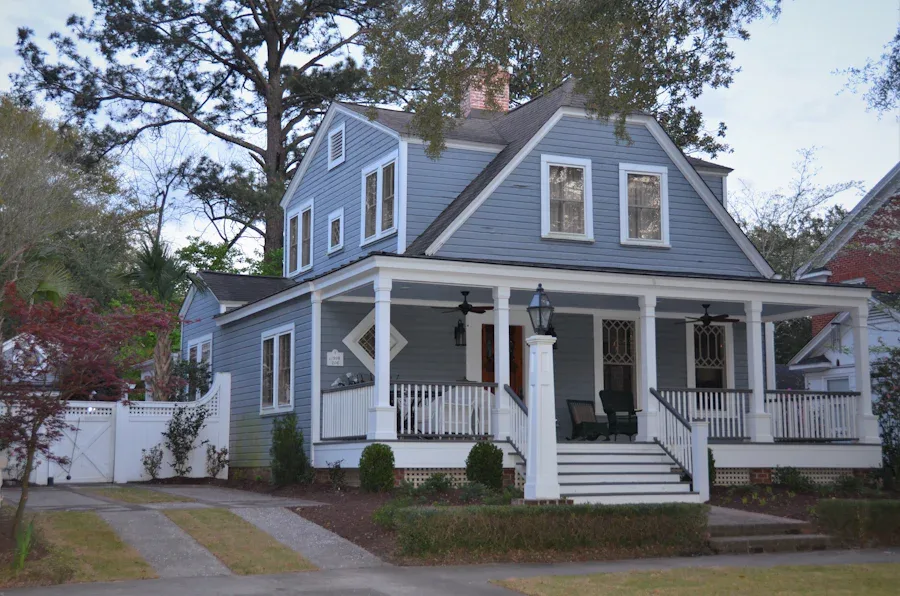Water leaks and infiltration pose a significant threat to the integrity and safety of your home, causing damage that extends far beyond mere inconvenience. From compromised structural stability to the insidious spread of mold and mildew, the consequences of water intrusion can be extensive and costly to remediate.
Leaks can manifest in various forms, from dripping ceilings and soggy walls to hidden moisture pockets within insulation and structural components. Left unchecked, these issues can lead to rot, decay, and even structural failure, jeopardizing the livability and value of your home.
Beyond the visible signs of damage, water infiltration can also undermine indoor air quality, triggering respiratory issues and exacerbating allergies. Furthermore, the financial toll of repairing water-related damage can be staggering, with repair costs often escalating rapidly if unresolved.
Yet, a lot of homeowners assume that leaks are hard to miss. In reality, while you wouldn’t ignore a leak on the floor, it is fair to say that many leaks hide in places you may not consider checking! Here are the top five most common leaks caused by unnoticed maintenance issues.

1. Neglecting Gutter Cleaning
Gutters play a crucial role in directing rainwater away from your home’s foundation and preventing water damage. When gutters are clogged with leaves, debris, and dirt, water can overflow and seep into your roof or run down the walls, causing leaks and potential structural damage.
Regular gutter cleaning, especially during the fall and spring, is essential to ensure proper drainage and minimize the risk of leaks. Invest in gutter guards or schedule professional cleaning services from a roofing company to keep your gutters clear and functioning optimally.
2. Mold and Moss on Siding
Mold and moss growth on your home’s siding not only detract from its appearance but also pose a threat of water infiltration and leaks. These organic growths trap moisture against the siding, promoting rot and deterioration over time.
Regular cleaning, preferably through expert pressure washing services, helps remove mold, moss, and other contaminants, preserving the integrity of your siding and preventing leaks.
But you can also go above and beyond with your siding. Choose siding materials suitable for your climate. For instance, Florida households are better off with vinyl siding rather than wood, as it can better withstand the humid climate. You also want to research the best protective treatments for your specific siding solution. Ultimately, the siding is designed to protect your home, so treatment will help protect the siding itself!
3. Aging Window Sealant
Old windows are susceptible to leaks, allowing both air and water infiltration into your home. You might consider replacing your windows, but more often than not the window itself is not the issue. The sealant around windows deteriorates over time, compromising its ability to maintain a watertight and weatherproof barrier. A common mistake for homeowners is to focus on the window rather than the sealant. It’s a lot more cost-effective to find a new sealant than to replace your windows.
Aging structures may also exacerbate leakage issues, as older construction methods and materials may not offer adequate protection against water intrusion. So, it is worth upgrading your windows with modern sealant technology to prevent leaks and improve your home’s insulation.

4. Plaster Damage
Plaster damage around doors and windows can create pathways for water infiltration, leading to leaks and structural issues.
What does it look like? Cracks or brittle plaster indicate compromised integrity, allowing moisture to penetrate the walls and cause damage over time.
How you should act: Promptly addressing plaster damage is essential to prevent further deterioration and mitigate the risk of leaks. While minor repairs can be DIY projects, extensive damage may require professional assistance to ensure thorough assessment and proper restoration, including checking the underlying structure for any hidden issues.
5. Insulation Issues
Even a minor leak inside your home can have significant consequences if it reaches the insulation system. Water-soaked insulation not only compromises its effectiveness but also poses a risk of structural damage if left unchecked. Insulation absorbs water from leaks, hiding the source of the problem while allowing it to spread throughout the walls.
Regularly inspecting your home for signs of water damage may not be enough. You want to check for invisible signs, such as increased utility bills or musty odors, to identify leaks early and prevent extensive water damage to your insulation and structure.
In conclusion, leaks can happen. But do not commit these 5 maintenance mistakes that can increase the likelihood of invisible leaks in your home. By prioritizing regular maintenance and addressing issues promptly, you can enjoy a dry and healthy home for years to come.

Jessi is the creative mind behind The Coffee Mom, a popular blog that combines parenting advice, travel tips, and a love for all things Disney. As a trusted Disney influencer and passionate storyteller, Jessi’s authentic insights and relatable content resonate with readers worldwide.
